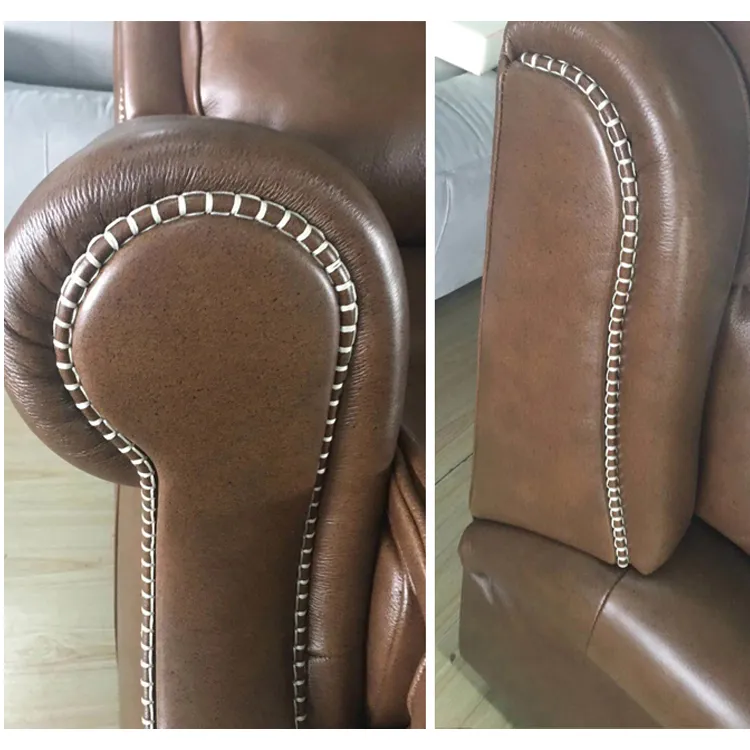what is compound feed sewing machine
Understanding Compound Feed Sewing Machines
Compound feed sewing machines are an essential tool in the world of industrial sewing, recognized for their ability to handle a variety of materials and deliver high-quality stitching. The term compound feed refers to the technology behind the feeding mechanisms of these machines, which combines different feeding methods to move the fabric through the machine more efficiently and uniformly.
What is Compound Feed?
In sewing machines, feeding mechanisms are crucial as they determine how the fabric is transported through the needle. Traditional sewing machines typically utilize either upper or lower feed mechanisms. In contrast, compound feed machines integrate both walking foot technology and needle feed systems. This combination allows for more controlled feeding of multiple layers of fabric, reducing slippage and misalignment — critical factors when working with slippery materials like leather or heavy fabrics.
Benefits of Compound Feed Sewing Machines
1. Versatility Compound feed machines are well-suited for various applications, including heavy-duty tasks. They can effortlessly sew through multiple layers, making them ideal for manufacturing items such as bags, upholstery, and even automotive interiors.
2. Precision and Consistency The unique feeding mechanism of compound feed machines ensures that the fabric moves uniformly through the machine. This feature leads to more precise stitches and consistent seam quality, which is essential in professional sewing settings.
what is compound feed sewing machine

4. Durability Constructed for industrial use, these machines are built to withstand the rigors of daily operations. Their robust design and high-quality components contribute to a longer lifespan, reducing the need for frequent repairs or replacements.
Applications of Compound Feed Sewing Machines
The applications of compound feed sewing machines are vast. They are widely employed in industries that require heavy-duty stitching, such as fashion, upholstery, and leather goods manufacturing. Specific applications include
- Upholstery The ability to sew through thick layers of fabric and padding makes compound feed machines a favored choice in upholstery work, where durability and aesthetics are vital.
- Leather Goods Production The control and precision offered by these machines allow for quality stitching on leather items like belts, wallets, and handbags, maintaining a high standard.
- Industrial Textiles In sectors that produce heavy-duty items such as tents, tarps, and outdoor gear, compound feed machines play a crucial role in ensuring that seams are strong enough to withstand harsh conditions.
Conclusion
In summary, compound feed sewing machines are indispensable in various sewing fields due to their advanced feeding mechanisms that combine different feeding methods. Their ability to handle thick and slippery materials effectively, deliver consistent and high-quality stitching, and provide ease of use make them invaluable in both industrial and commercial settings. Whether you are working on heavy upholstery or intricate leather goods, investing in a compound feed sewing machine can significantly enhance both the quality and efficiency of your sewing projects. As technology continues to evolve, these machines will likely become even more sophisticated, further expanding their applications and capabilities in the dynamic landscape of sewing and textile manufacturing.
-
Zigzag Sewing MachineNewsMay.12,2025
-
Single Needle Sewing MachineNewsMay.12,2025
-
Overlock Sewing Machine PriceNewsMay.12,2025
-
Heavy Duty Industrial Sewing MachineNewsMay.12,2025
-
FIBC Sewing MachineNewsMay.12,2025
-
Cylinder Bed Sewing MachineNewsMay.12,2025
-
Revolutionizing Sewing with CNC TechnologyNewsMar.28,2025





























